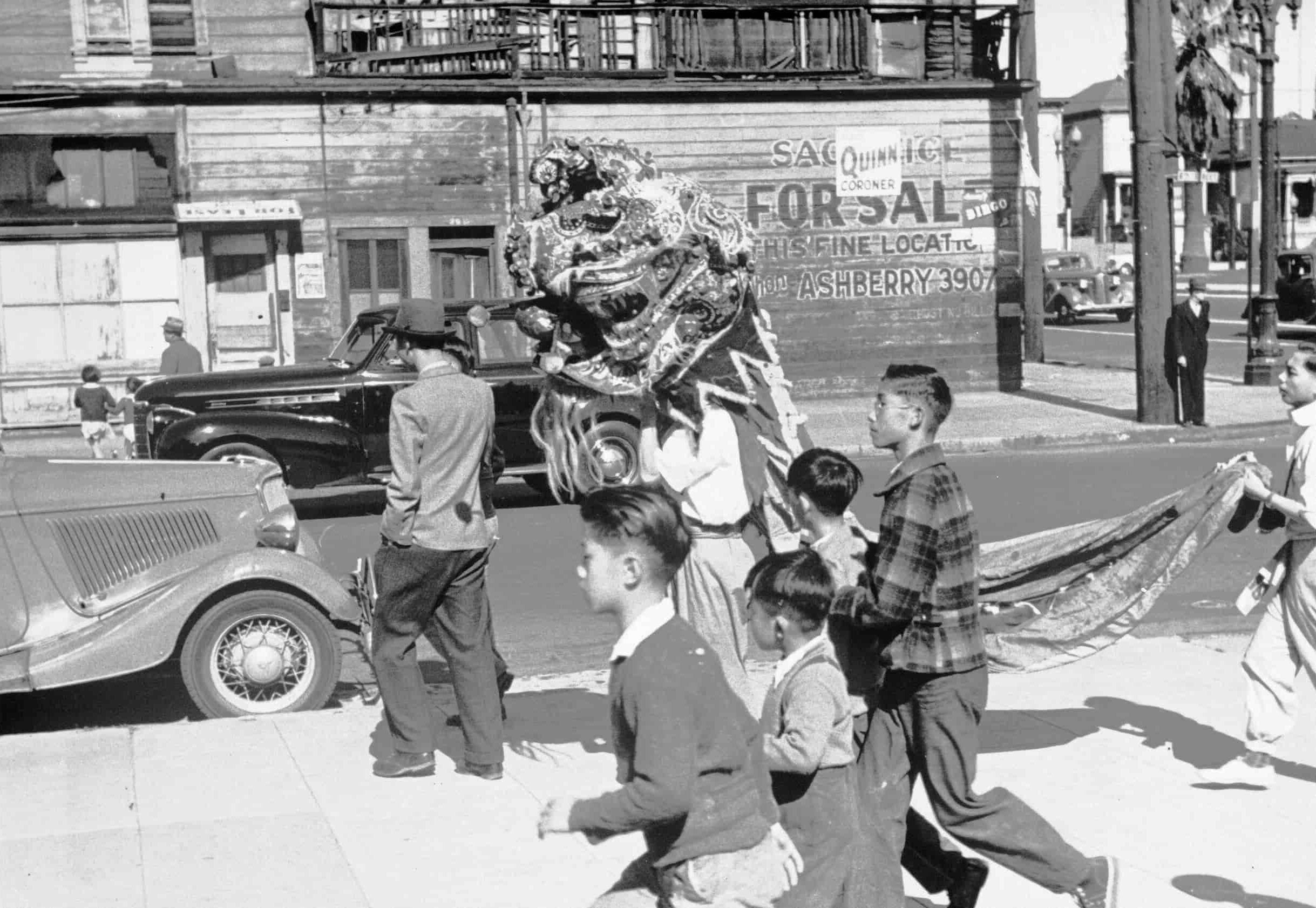Module 5: Becoming Chinese American: The Second Generation
Is it possible to be both Chinese and American?
This module examines the experiences and identity formation of second generation Chinese Americans during the 1920s-1930s.
In 1936, a Chinese American women’s association in New York City called the Ging Hawk Club addressed second-generation Chinese Americans throughout the United States. The club sponsored a national essay contest with the topic, “Does my future lie in China or America?”—a question that reflected the cultural struggles that younger generations faced at the time.
The first and second place winners took opposing positions. Robert Dunn declared his desire to remain in the United States, while Kaye Hong wrote it would be more meaningful to help build a new nation in China. Later, both young Chinese American men did the opposite of what they wrote in their essays. Other essay submissions discussed family pressures, racism, and apprehension about the future.
This second generation of Chinese Americans came of age in a country after decades of restriction and exclusion laws. Although the 1898 Supreme Court case, United States v. Wong Kim Ark, confirmed their right to citizenship, this new generation still faced racial discrimination and barriers. Despite their difficult experiences, this group also broke barriers and created places where they could support each other and create a sense of belonging together.

Image 09.05.01 — Chinese American boys in San Francisco Chinatown parade along Sixth Street, c. 1936.
Created date, created by Name, Title Italicized. Credit line indicating where the image is from. Metadata ↗
How were the lives of second-generation Chinese Americans similar to or different from their immigrant parents?
What were the social experiences of second-generation Chinese Americans in the early twentieth century?
How did education and professional opportunities shape second-generation identities?








